Broadcast
System T
With AoIP-based routing at its core, plus full immersive and next generation audio features, System T has been designed for the challenges of modern broadcast production. The System T broadcast platform brings together the latest digital technology with a legacy of 40 years of audio console design experience, as recognised by the Queen’s Award for Enterprise for excellence in Innovation.
The video below offers a brief overview of the System T platform, including its advanced AoIP capabilities, user interface, remote production workflows and scalable DSP and control solutions. Click on the chapters to jump to a specific section.
Fully networked production environment
New ways to combine multiple Control Interfaces, Processor Cores and I/O devices can be specified to create previously impossible system configurations.
Dante AoIP-based Routing & I/O
Cost saving, true scalability, interoperability and discoverability. The Dante AoIP network integrates the AES67 transport standard. System T is SMPTE 2110-30 ready. SSL is the only broadcast audio manufacturer to offer full routing control of the Dante network from within our consoles and control interfaces.

AT&T Stadium Upgrades its Facilities to Include a SSL
System T S500m Console

Exceptional Audio quality and performance
SSL’s pristine SuperAnalogueTM foundations combine with 64-bit floating point processing and mixing to ensure unlimited audio headroom with the power to execute algorithms within a single sample. Broadcast specific path processing is augmented by an inbuilt comprehensive FX Rack.
Multi-gesture touch screen technology
Greatly expanding the range of controls that can be quickly accessed with reduced overall size. System T offers fixed format and modular control surfaces which are highly configurable to suit individual preferences. Architectural flexibility enables channel signal flow suited to the most sophisticated users that can also be presented straightforwardly to match the skill and workflow of a full range of users.
The perfect balance of power and control
There are three main elements to System T: a Dante AoIP based Routing & I/O system which combines SSL’s own Dante ready Network I/O range of audio interfaces with over 1000 third party Dante enabled products, Tempest based rack Processors that deliver the most powerful and versatile audio processing engine available today, and control interface technology that combines a range of consoles with remote hardware, software and touch screen technology.

Routing & I/O
With System T, Dante AoIP network technology (with complete AES 67 capability) replaces traditional TDM routing with an ecosystem that offers a wide range of operational and commercial benefits. Dante is a licensed IP Audio Network technology which uses standard IT infrastructure for audio transport, routing, device discovery and control. Dante is high capacity, incredibly versatile and fully scalable. A single gigabit network connection can carry 512 audio channels at 48kHz, or 256 channels at 96kHz. With 512 audio channels bi-directionally on a 1GB connection, a single 24 Port GB Switch is capable of equivalent routing capacity to a 12,288 by 12,288 TDM router at a fraction of the cost. Expansion of a network is not subject to the square law growth required when expanding TDM routing systems; additional switches and capacity can be deployed without replacing core hardware.
Dante offers fully inter operable system design; over 350 licensed development partners with more than 1000 devices commercially available enabling you to select and combine devices from different manufacturers. The system includes full current AES67 and future ready SMPTE 2110-30 audio transport capability. System T offers full routing control of the Dante network from within our consoles and control interfaces. Routing control can be achieved from an unlimited number of devices or network terminals. Dante employs full plug and play device discovery enabling devices to be moved around the network and re-connected with settings intact. Fully redundant network topologies widely used and proven in many IT applications provide the security required for Broadcast infrastructure


SSL Network I/O interfaces bring renowned SSL audio performance to Dante networks. They can be used as standalone solutions or used with System T to complete powerful facility wide systems. Five different devices offer mic/ line analogue, MADI, AES and SDI embed/de-embed capability wherever it is required. System T Control Interfaces and SSL Dante Control Software offer remote control over SSL mic/line I/O across the network.

Fully Networked Control Interfaces
SSL has nearly four decades of classic audio console design legacy with many of the hardware and software control surface paradigms taken as standard today having first appeared on an SSL console. System T takes this DNA and creates a new broadcast specific set of Control Interfaces that combine hardware panels with large tablet style multi-touch screens in a fully networked environment. Fixed format compact consoles and modular large format consoles can be combined with remotely located computers, or touch screen terminals and remote hardware panels. Up to three Control Interfaces can share a single processor engine simultaneously, facilitating for example, an entertainment production with one surface for a music mix and a second for a production mix using a single engine. Multiple engines can be connected to a single console VLAN and interfaces can be moved between engines. The various approaches to remote control capability enable true facility wide control infrastructure design.
Processor Engine(s)
Developed around SSL’s patented Optimal Core Processing (OCP) software, using arrayed industrial PC hardware in a controlled operating environment, the new TE1 and TE2 Tempest engines are housed in a lightweight, efficiently cooled 1RU or 2RU chassis and offer five processing packs to scale in harmony with your production requirements.


With up to 2048 inputs and 2048 outputs per engine, and both perpetual and short-term time-based DSP rental options, System T can handle any large-scale production. Tempest engines can be deployed as mirrored redundant pairs, with instant audio changeover, if required each engine can be placed in separate physical zones. TE2 supports up to 4 Network I/O HC cards, each providing 512 channels of inputs and 512 outputs.
